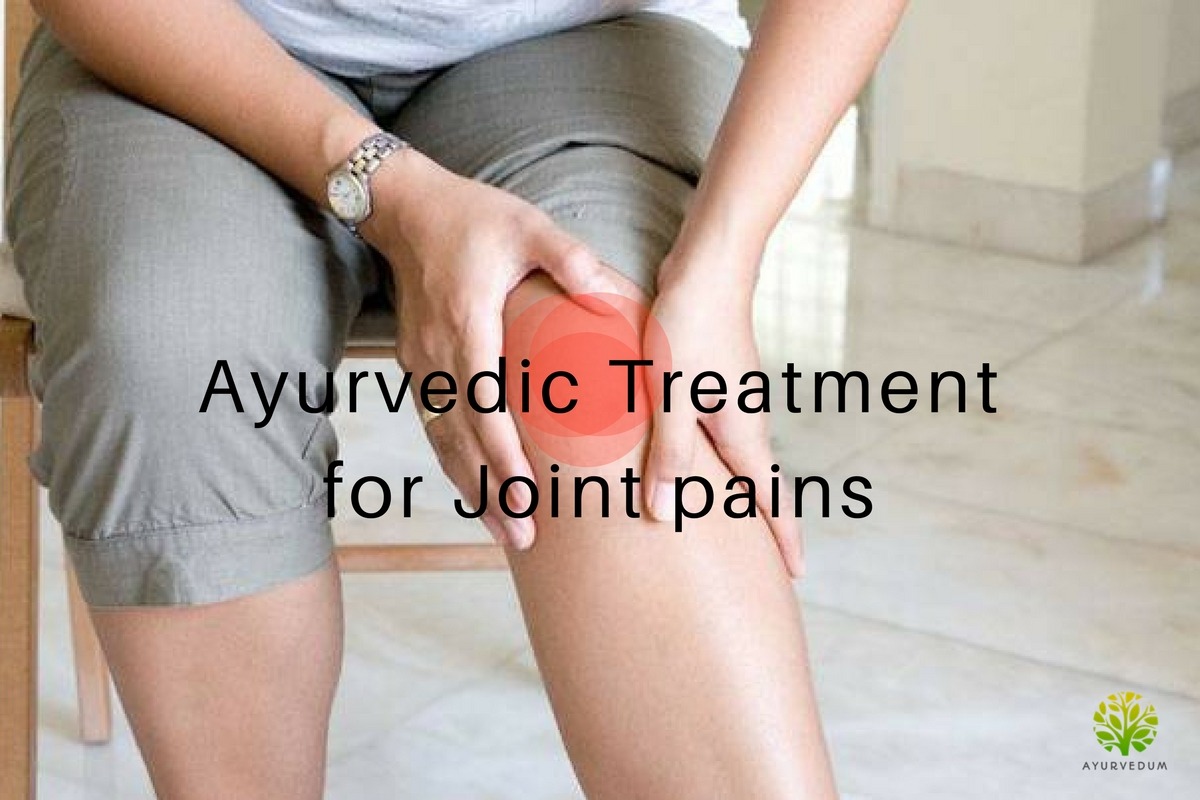The category of joint pains not only include the condition of knee pain or arthritis but it also takes account of the shoulder, elbow, hip, ankle, foot and wrist pain. It is a suffering that’s capable enough to make the affected person immobile in one way or the other as a joint is that site where your bones connect and support the movement of your body. Consequently, the whole functioning gets twisted leading to creating problems even in the day to day pursuits. And it can be anything from mild to severe, head to toe and for days to months pain. Though amongst the above-mentioned problems, knee pain is the most common medical condition of which a majority of people complain. It occurs due to degeneration, constant pressure, injury, inflammation and/ or age factor and there is a certain ayurvedic treatment for joint pain.
Ayurvedic Perspective and Vata
“Poorly nourished joints” and the “toxic overload” are two main problems that Ayurveda identifies as the reason for unhealthy joints. Eventually, if proper care isn’t taken the condition worsens and leaves the joint immobile. Plus if the toxins accumulate you encounter heaviness along with stiffness. Here, the role of vata comes into play which is the dosha governing our bodily movements. But due to an imbalance, your circulation and metabolism weaken, the ability of nutrient absorption gets lowered and simultaneously the Kapha also creates an imbalance to not properly lubricate your joints and cause discomforts.
Symptoms
- Pain associated with the joints
- Swelling in the particular area
- Stiffness
- Tenderness
- Inability to move the affected part
- Limited movement
- Loss of strength
- Feverish feeling
Causes
Joint pains can affect you at any stage of your life depending on your living conditions, how well you eat and how do you keep up with your health. But it becomes common as you age. So here are a few causes that might lead to such pains:
- Inflammation
- Medicinal side effects
- Degeneration or constant wear & tear
- Injuries like sprain, strain, fracture, dislocation etc
- Viral or bacterial infections like pneumonia, gonorrhea and hepatitis, rubella, HIV etc
- Loss of blood to the bones a.k.a Osteonecrosis
Ayurvedic Treatment for Joint Pain
The treatment for joint pains and other related problems include getting rid of the pain, tenderness, swelling and stiffness. The whole focus is on getting the affected person back to his/ her normal routine without any further complications. The ayurvedic approach is individualised. And the treatments differ from condition to condition and how well an individual’s body responds to the same. But a few remedies and treatments are common.
Home Remedies
Turmeric
The easiest way is to drink a glass of hot milk every day mixed with 1 tsp of turmeric powder. It is an excellent ayurvedic treatment for joint pain and also is the best knee pain remedy in Ayurveda. Turmeric is not only a knee pain treatment in Ayurveda but it also cures other bodily ailments.
Fenugreek
Roast and crush a handful of fenugreek seeds to make a thick paste of it for applying on the affected area. You can also swallow a tsp of fenugreek seeds with water every day. Or better even soak a tsp of seeds in water overnight and eat the next morning. It acts like a proven ayurvedic medicine for knee pain due to its antioxidant and anti-inflammatory properties. And it’s also a beneficial ayurvedic treatment for arthritis.
Indian Gooseberry
Being antibacterial and antimicrobial in nature, amla potentially limits the damage done to your bones and joints and proves to be a valuable knee pain ayurvedic treatment.
Apple Cider Vinegar
This eliminates the accumulated toxins from your joints to help reduce the pain. Apple Cider Vinegar has an alkalizing effect and is also rich in calcium, potassium and magnesium. So before every meal, you can have the solution of two to three tsp apple cider vinegar mixed in water and some honey.
Guggul
Another effective ayurvedic treatment for knee pain and arthritis comes from the guggul herb that rejuvenates, purifies and heals your joints. It remains as a golden herb for curing such pains. Take half a tsp of water and mix in it one-fourth tsp of guggul. Have it 30 minutes before every meal and feel the reduction in pain, stiffness and swelling.
Oil Massage
Massaging regularly also helps. It improves the circulation, provides warmth and reduces stiffness. Hence the affected area can be massaged with some lukewarm coconut, olive, mustard or garlic oil by also applying gentle pressure. These are all important ayurvedic oil for joint pain as well as efficient ayurvedic treatment for joint pain.
Dietary & Lifestyle Suggestions
- Savour all the six tastes in your diet. But at the same time also keep your bitter, pungent and astringent tastes limited.
- Consume only freshly cooked and organic greens.
- You can also make use of amaranth and/ or quinoa cooked in ghee.
- Celery seeds and bitter gourd are also highly beneficial.
- Make sure to consume a diet rich in calcium. Vegetables such as spinach, asparagus and kale are best for the purpose.
- Let the main meal of your day be the afternoon lunch.
- Nourish your bones and joints with healing herbs like liquorice, ginger, cayenne, nettles, flaxseed, turmeric and burdock root etc
- For eliminating the toxins you can make use of cumin, fennel, black pepper and mint.
- Ensure that there aren’t any stimulating activities undertaken at night.
- Avoid caffeine and acidic foods.
- Meditate daily and keep yourself stress-free.
- Pranayama helps balance all the vata-pitta-kapha doshas in the body. Regular yoga and pranayama helps improve any health condition and keeps from becoming worse.
- Abhyanga is also recommended to prevent such pains.
Suffering from any such pain doesn’t mean that you have to learn to live with it. Even if it’s an age old malady, Ayurveda has the solution to it. The above-mentioned tips are all natural methods regarding ayurvedic treatment for joint pain but in case your problem persists, do not forget to visit the ayurvedic practitioner.






Leave a Reply